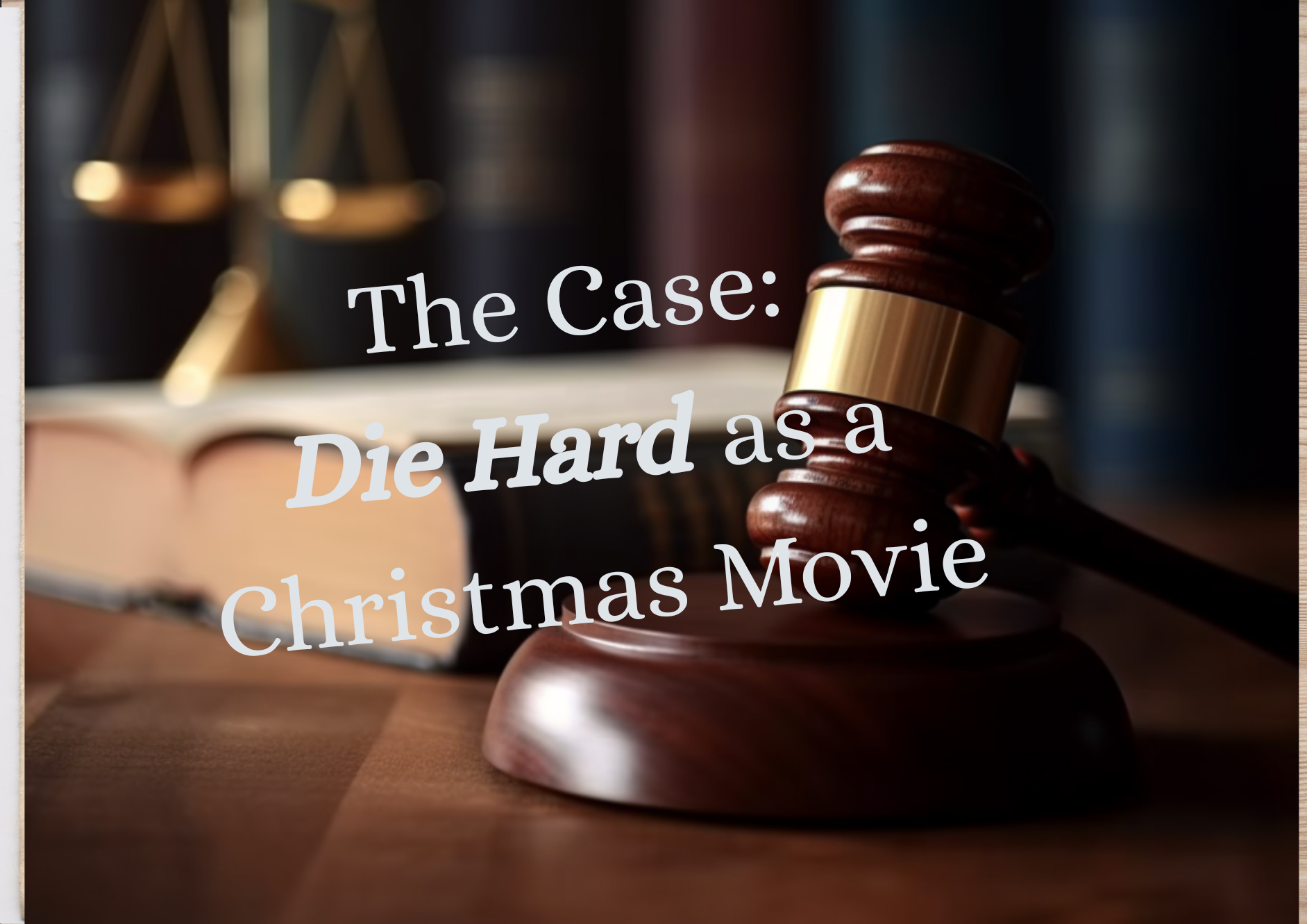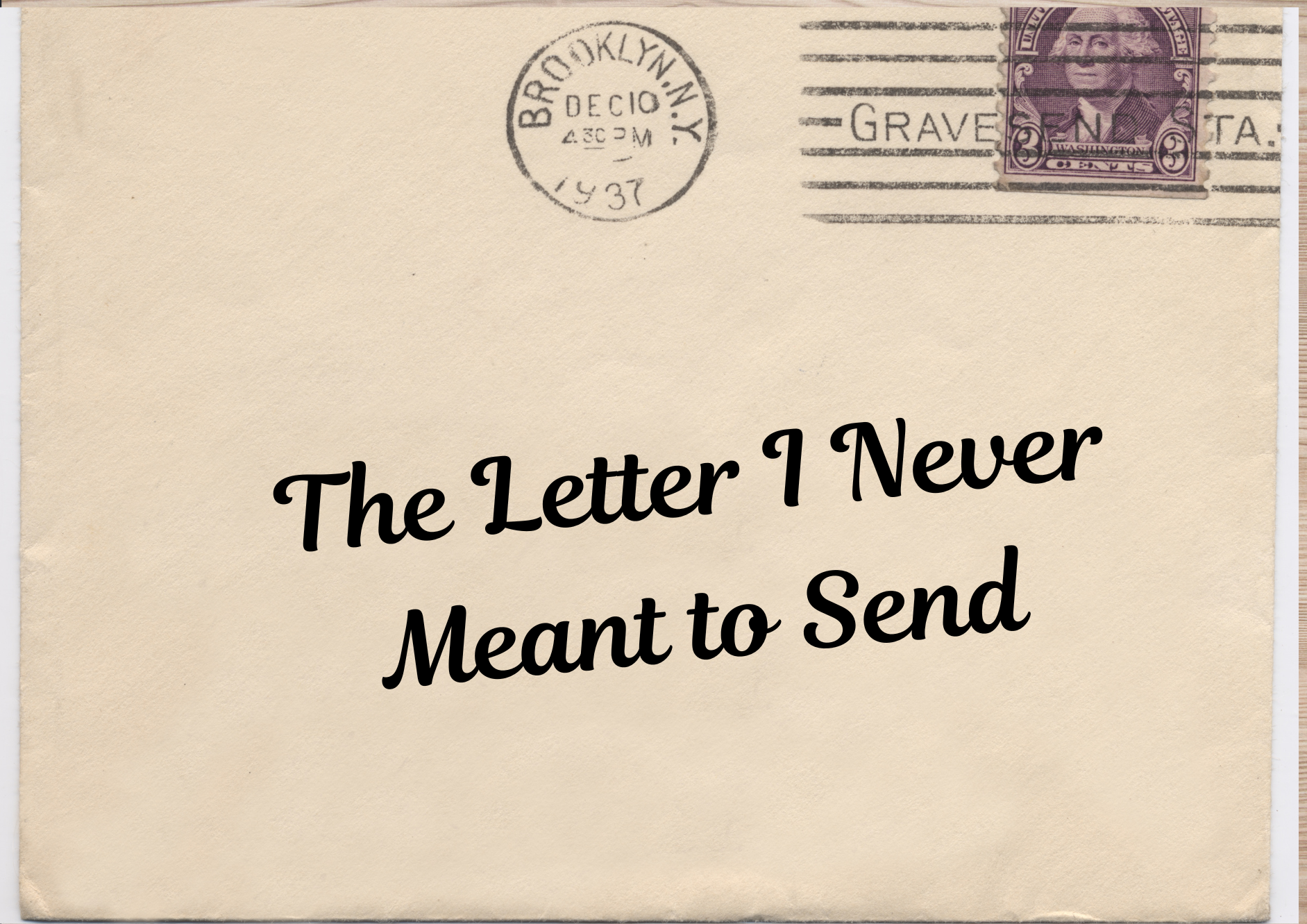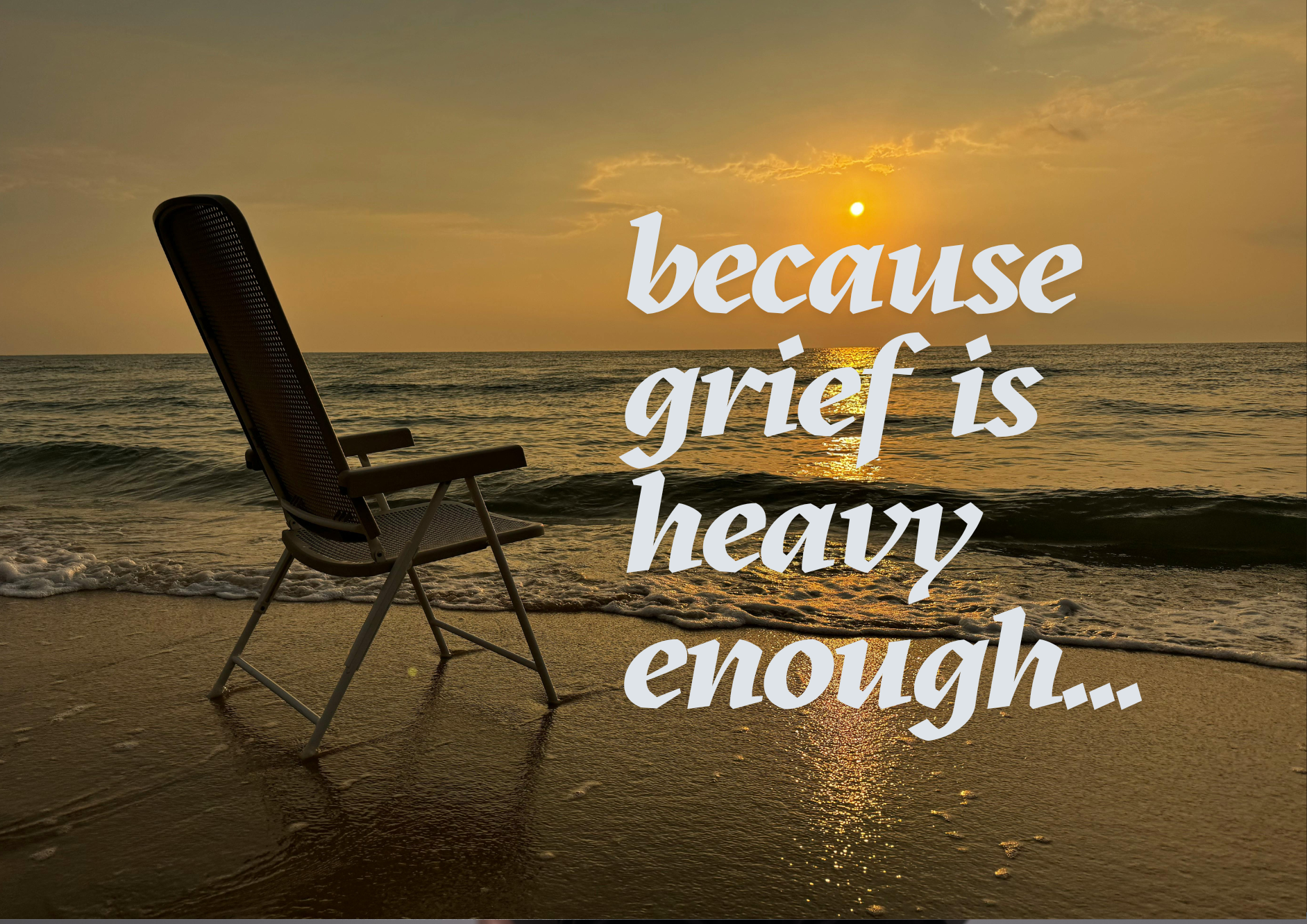Pope Leo and the Miracle Mets
Where faith, baseball, and memory still meet
They’ve elected a new pope. Leo the Fourteenth.
Now, to some, this might sound like just another line in a history book, another white cassock on a Vatican balcony. But for me—raised Catholic, now a United Methodist elder—it cracked open something sacred. Something nostalgic. Something hopeful.
Leo XIV. Now, if you know your papal history, you know this isn’t just a name. It’s a theological breadcrumb leading straight to Leo XIII, one of the great minds and souls of modern Catholicism.
Leo XIII saw a world changing rapidly with industrialization, worker exploitation, and poverty. Instead of staying quiet, he said, “The Church must speak.” In his 1891 document Rerum Novarum, he emphasized that faith isn’t just belief—it’s about how we live. He argued that work has dignity, the economy should serve people, and justice isn’t optional for Christians.
So, what does it mean that this new pope, this first-ever American pope, has taken on Leo’s name? It means he’s sending a message. One that says: This Church won’t hide from the real world.
It’s a signal that the Church may be ready to speak again about justice, economics, power, and compassion. About the Gospel being not just good news but good news for the poor, the outcast and those pushed to the margins. It’s a name that doesn’t stay hidden in abstract theology but reaches into the real lives of people on the ground.
And speaking of choices that speak volumes, let’s get to the real burning question: Cubs or White Sox? For half of Chicago, this isn’t just about baseball loyalty—it’s a matter of worldview.
If he’s a Cubs guy, we’re talking resurrection hope. Decades of waiting. Suffering that somehow strengthens the soul. A theology of patience, joy, and Ivy-covered walls.
If he’s with the White Sox, we’re looking at gritty reformers. South Side energy. Ecclesiology with a chip on its shoulder. Either way, Chicagoans now have something deeply personal to debate, and I love that for them.
As for me? I'm a Mets fan. Yes, that kind of Mets fan. I still remember the summer of ’69—the day Neil Armstrong walked on the moon and the Mets were 9.5 games out of first place. And then… the Miracle. By October, we were world champions. Don’t tell me God doesn’t move in mysterious ways.
And maybe that’s what makes this papal moment so moving for me.
Even though I chose to serve the Church under the cross and flame of Methodism, even though my theology has taken on new hues, the white smoke from St. Peter’s still finds its way into my soul. I watched Pope Leo XIV emerge and felt something ancient and holy stir. A memory of incense. Of kneelers. Of prayers whispered in Latin. Of saints, I still talk to in the quiet.
This new pope may lead a Church I no longer belong to institutionally, but he still leads a part of me. And if his name is any clue, that part of me might get to hope again.
Hope that the Church universal will speak clearly for the vulnerable. Hope that courage and compassion can hold hands. Hope that we are not done seeing miracles—not in baseball, not in the Church, not in our aching world.
So welcome, Leo XIV—Robert Francis Prevost of Chicago. May your voice be prophetic, your heart be open, and your baseball allegiance be declared soon—because half of your hometown is holding its breath. And if, in a moment of divine whimsy, you want to say a word about the 1969 Mets, I’ll know the Spirit is really on the move.
*Since the writing of this article, the Holy Father has declared he's a White Sox fan. So, gritty reformers it is. South Side theology confirmed. Cubs fans may need to invoke the intercession of St. Jude—patron of lost causes.

Every December, the argument returns like a familiar carol sung a little too loud. Is Die Hard a Christmas movie? Some folks hold tight to their cocoa mugs and say, “ No way. ” Others smile the way you smile when the argument is already settled in your heart. I’ve come to believe the debate survives because it isn’t really about explosions or one-liners. It’s about where Christmas actually finds us. When I was preaching, Christmas was rarely quiet. Four or five services on Christmas Eve. Programs to assemble. Bulletins to proof. Candles to count. Microphones to fix. Holy night by way of logistics. I loved the people. I believed the message. But if I’m honest, there were years when I was just muscling through it all, trying to sound joyful while quietly counting the hours until December 26th. Not because I didn’t care. Because I was tired. Christmas had become something I delivered more than something I received. And then, late. After the sanctuaries were dark. After the last “ Merry Christmas ” was said. After the robe was hung back up. Die Hard would sometimes flicker onto the screen. No sermon. No sanctuary. Just a tired preacher on a couch watching a tired man crawl through air ducts, barefoot, scraped up, and refusing to quit. That’s when Christmas found me. First, the setting. Christmas Eve. Office party. Tinsel, teddy bears, and awkward small talk. The soundtrack includes sleigh bells and gunfire, which feels honest if we’re being real about the season. Love arrives on a plane. Redemption arrives barefoot. Second, the plot. A man flies across the country to fix a marriage. He brings a gun, sure, but mostly he brings humility. He learns to say the right name. He learns to ask for help. He learns that reconciliation costs something. If that’s not Advent, I’m not sure what is. Third, the theology of it all. Christmas, at its heart, insists that hope shows up where it shouldn’t. In a stable. In a cubicle farm. In a high-rise named Nakatomi. Grace breaks in during a holiday party and doesn’t bother to RSVP. This is why Die Hard feels like an altar to me. Not a cathedral altar with candles and quiet. An Unlikely Altar . The kind you stumble into while holding snacks. The kind that surprises you with meaning between explosions and one-liners. Because the movie isn’t really about violence. It’s about stubborn love. It’s about a man who keeps crawling through ducts because quitting would be easier, but it would be less faithful. It’s about choosing a relationship over pride. It’s about saying, “ I was wrong, ” and meaning it, even when the building is on fire. And yes, there is a Christmas miracle. Snow falls in Los Angeles. Paper snow, but still. A family is restored. A villain falls. A limo driver gets a tip. The season delivers what it always promises: not perfection, but presence. So, light the tree. Pour something festive. Put Die Hard on the screen and let it preach. Let it remind you that Christmas shows up loud and sideways, that love sometimes limps, and that grace can absolutely wear a tank top. An Unlikely Altar. A Holy night. Yippee-ki-yay, AMEN! 🎄💥

I don’t know your name, but I know this moment. You opened the conversation. You hesitated. And then life stepped in. You know, that happens more often than you might think. I’ve sat at kitchen tables where someone said, “ We meant to do this .” I’ve stood beside families who whispered, “ They kept saying they’d get to it. ” I’ve watched love carry grief—and then watched grief carry bills, decisions, and questions that felt impossibly unfair. This isn’t a letter written to rush you. It’s written because I’ve seen what happens when no one ever circles back. I once stood with a family the morning after a death. The house was quiet in that way only grief can make it. Coffee untouched. Phones buzzing with questions no one wanted to answer yet. Someone finally asked, “ Is there anything in place? ” But there wasn’t What followed wasn’t just sadness. It was scrambling. Credit cards. Awkward conversations. A weight added to a moment already heavy with love and loss. But there are those times when I have seen another scene. I’ve been with families where one small thing was already taken care of. Not everything. Just enough. And in those rooms, grief was still heavy—after all, love always makes it heavy—but it wasn’t tangled up with panic or uncertainty. That’s why this matters to me. Not because I sell final expense insurance. But because I’ve watched what happens when love prepares the way—and when it doesn’t get the chance. If you paused because the conversation felt heavy, I understand. If you paused because life got loud, I understand that, too. If you paused because you told yourself, “ I’ll come back to this ,” I’ve heard that sentence more times than I can count. This isn’t about fear. It’s about care. It’s about peace. It’s about love. Final expense planning isn’t about planning your death. It’s about caring for the people who will still be here when you’re gone. It’s about making sure grief doesn’t have to carry more than it already will. Love will always make grief heavy. A plan simply keeps other burdens from piling on. If you never come back to this conversation, I hope you still hear the heart behind it. And if someday you do return, I hope you know the door was always open. Because this work—this quiet, unseen preparation—is one of the last ways love shows up. And that is no small gift.

The service is over. The thank-you notes have been started. The flowers are starting to fade. Most of the company has travelled home. And the casseroles are stacked in mismatched containers, names written on blue tape. This is what the day after looks like. It’s the morning when the house is too quiet. When the adrenaline wears off. When everyone else has returned to their lives, and you are left standing in the middle of a room, wondering what happens next. Because grief is heavy enough. Not only is the day after quiet, but it is also the kind of silence that invites questions. And those questions can overwhelm you. Who do we call now? What needs to be paid? Is there insurance? Where is the paperwork? What did they want? These questions don’t come because people are being practical. They come because love is trying to keep going in the middle of loss. And because grief is heavy enough, those questions can feel overwhelming. I’ve spent years standing with families in these moments. As a pastor. As a celebrant. As someone who knows that the hardest parts often come after the service ends. I’ve seen families gathered around kitchen tables, coffee gone cold, paperwork spread out in quiet confusion. I’ve also seen something else. I’ve seen what happens when one small thing is already taken care of. Not everything. Just one thing. A simple plan. A clear answer. A quiet assurance that one question does not have to be asked today. Because grief is heavy enough without financial questions layered on top of it. When that piece is in place, something shifts in the room. Shoulders soften. Breathing slows. People are allowed to be exactly what they are in that moment— sad, tired, grieving, human. Final expense planning doesn’t take away grief. Nothing does. But it can take away one weight that doesn’t belong there. Because grief is heavy enough on its own. Planning ahead is not about paperwork or policies. It’s about peace. It’s about leaving behind one less burden for the people you love. It’s about making sure the day after holds space for tears instead of tension. If you’ve ever thought, I should probably take care of this someday, you’re not being morbid. You’re being loving. Because grief is heavy enough. Love will always make it heavy. Planning ahead just keeps other burdens from piling on — so families can grieve without also having to guess. And that is no small gift. If you’d like to talk about what planning ahead could look like for your family—without pressure and at your pace—I’m always here for that conversation. Breathe peace. Marty

